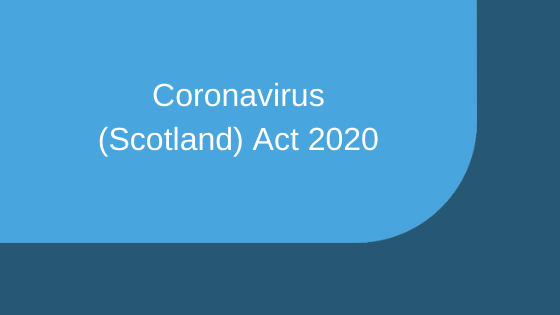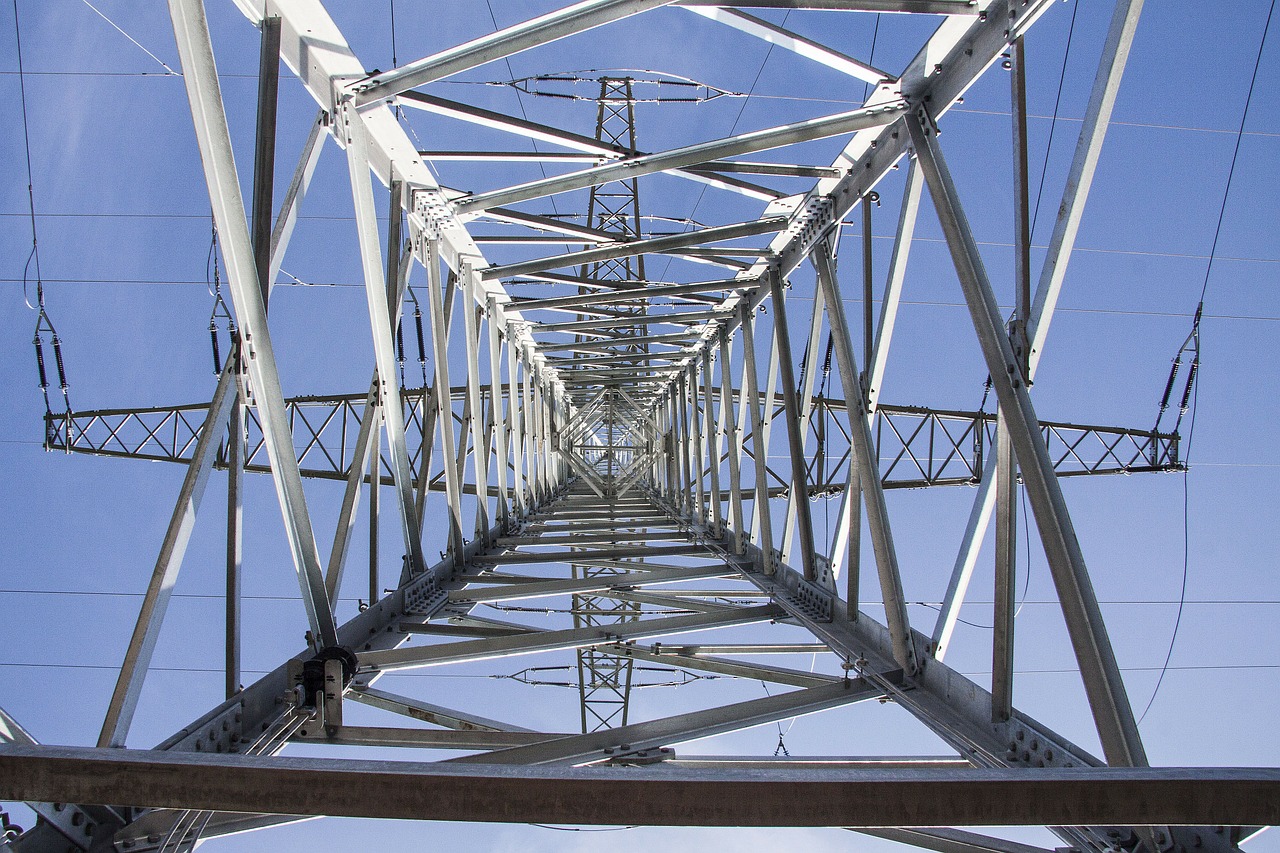
Phone Masts on Private Property: What Landowners Should Know – Part I
Date: 12/01/2024 | Real Estate, Rural Business
The Electronic Communications Code 2017 (“the Code”) increased the powers of telecoms companies (such as 02 and EE) to install mobile phone masts on private land. It provides these operators with a legal framework to access land for the purpose of erecting and maintaining equipment such as cell towers and cables.
The Code has had a significant impact on individuals and businesses who own land (i) on which phone masts are already installed, or (ii) which is regarded as a prime location for a new mast. These changes have brought with them major challenges.
Previous Legal Scheme
The old legal regime laid the groundwork for the development of the telecoms industry and the cellular rollout of the late 20th Century. The rights and obligations of operators and landowners were not clearly defined and, as a result, landowners enjoyed a position of relative strength in negotiations with operators. Indeed, the absence of specific statutory provisions made it easier for them to shape the terms and conditions of access and use of their land. Although the old regime only provided limited compensation provisions for landowners, this could be offset by their ability to negotiate high rents and/or more favourable terms.
Additionally, the old regime’s lack of guidance on matters such as rent reviews, equipment upgrades, and dispute resolution allowed landowners to negotiate these specific points on their own terms, further solidifying their position of strength. Landowners could impose conditions and requirements that operators had little choice but to accept, as there were limited legal avenues available to secure access to privately owned land. This led to inconsistent practices and varying agreements, making it challenging for operators to secure the necessary access to land for telecoms infrastructure.
Key Changes
The growth of the telecommunications industry, particularly in the last 20 years, has been seismic. More recently, the ‘5G revolution’ is going to change the way we communicate in almost every industry including transportation, healthcare and energy. It is no surprise therefore that the UK government has shifted the legal framework in favour of telecoms operators, to ensure an efficient 5G roll-out via new mobile phone masts. So, what are the key changes from the old regime?
- Code Rights: The Code grants telecoms operators specific rights to install cables and masts on privately owned land, subject to specific conditions. In theory, this would help provide clarity in negotiations with operators, as both parties know where they stand. In practice, this has been far from the case. What we can say with certainty is that landowners now have far less control over their property. Their relationship with the site operator is no longer comparable to that of a landlord and tenant under a standard commercial lease.
- Rent Calculations: Under the old law, rent calculations were based on the market value of the land, as is the methodology for standard commercial leases. The Code introduced a new valuation method, known as the “no scheme” value, which considers the value of the land without factoring in the presence of telecommunications equipment. This method reduces costs for operators and, for most landowners, has resulted in a sizeable reduction to their rental income.
- Upgrades and Sharing: Operators can now share sites and install upgraded equipment without requiring landowner consent. This streamlines the deployment process for operators and minimises their need for additional sites. For landowners, it ends their ability to earn extra income from each additional piece of apparatus. It also creates a lack of visibility for landowners as to the identity of the operator or operators exercising Code rights on their property.
- Dispute Resolution: The Code established the First-tier Tribunal (Housing and Property Chamber) as the primary forum for resolving disputes between landowners and operators. The Tribunal offers a more accessible and cost-effective means of resolving issues compared to the usual court process. It is also provides a route for operators to force new agreements upon landowners without their consent.
- Termination of Agreements: The Code introduced clear provisions for the termination of agreements, including compensation for landowners. The landowner must give at least 18 months’ notice in order to terminate an operator’s Code rights. However, this does not resemble a break notice in a standard commercial lease. Indeed, the landowner must pass a high bar to prove the lease should be terminated, and the operator/tenant can still push back on this. In such circumstances, the Tribunal is likely to rule in favour of the operator.
How can Davidson Chalmers Stewart help?
More and more landowners are being approached by telecoms operators, primarily due to the 5G roll-out. If you find yourself in such a situation, you should seek expert legal advice. Davidson Chalmers Stewart can manage negotiations on your behalf, bringing a wealth of knowledge and experience to the table. For an initial conversation, please contact our Code experts Henrietta Talbot and James Elliott.
In Part 2 of this series, we will consider the key changes the Code has brought about in more detail, focusing on: (i) how code rights are granted, (ii) how agreements are terminated and (iii) what to look out for in negotiations with operators. In Part 3, we will consider the role of the First-tier Tribunal in enforcing code rights.





















































































